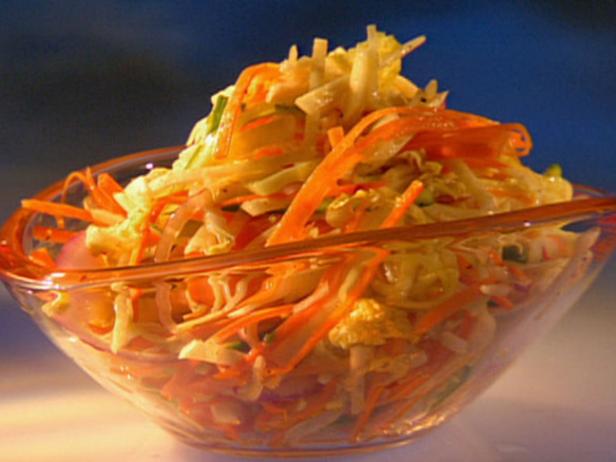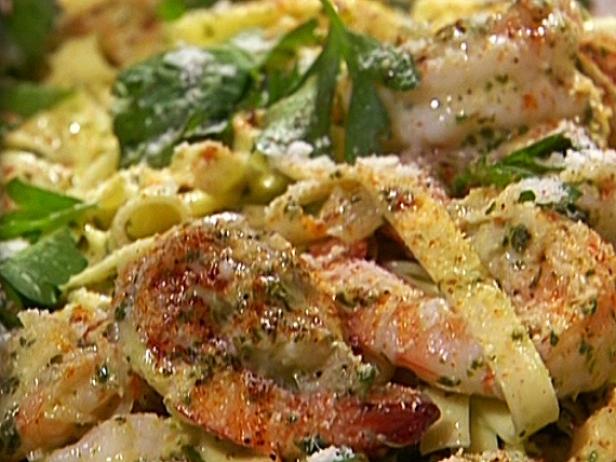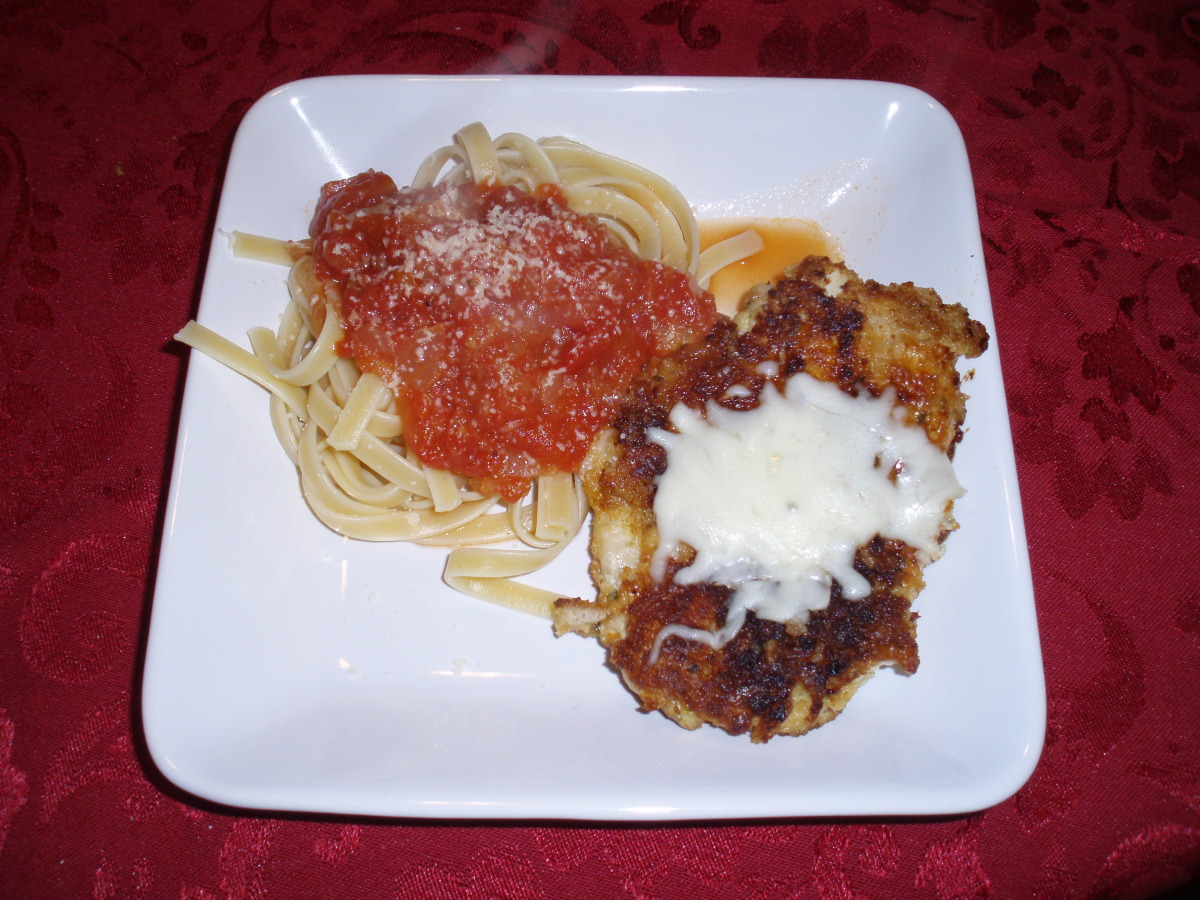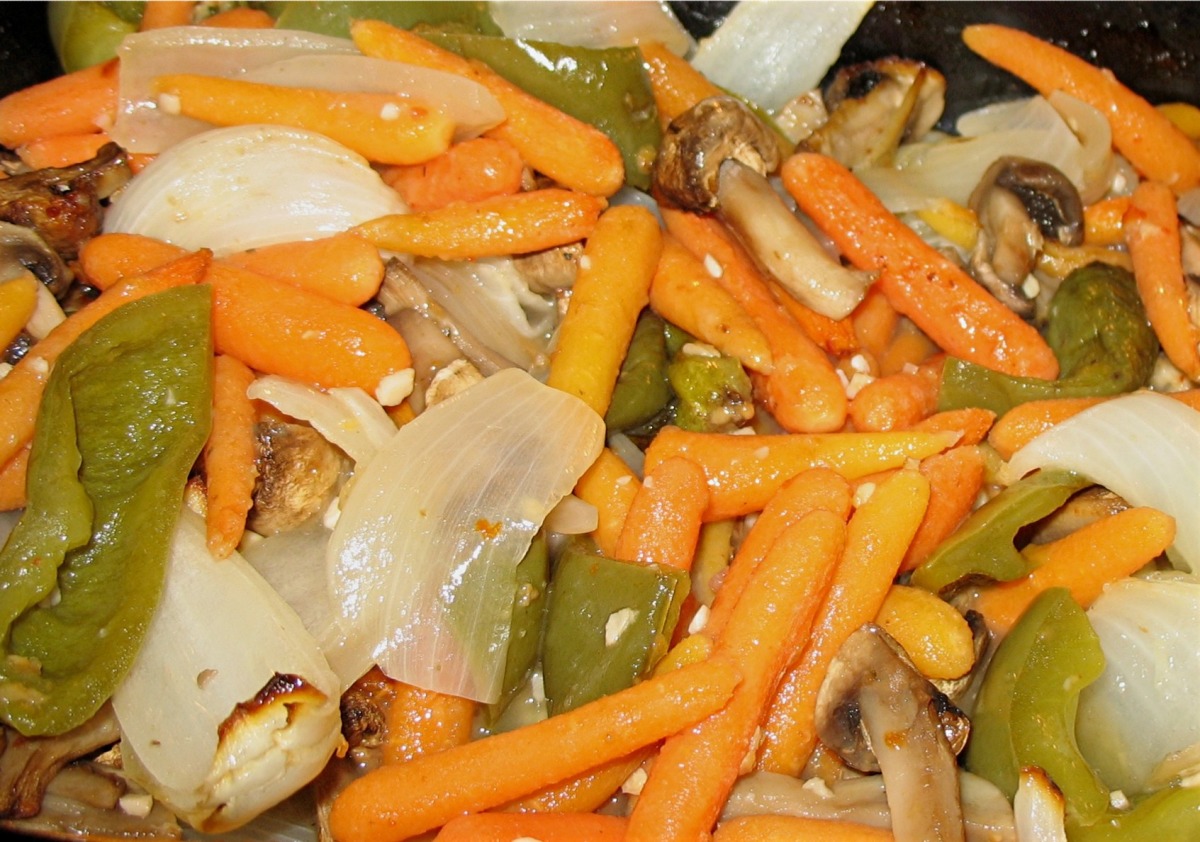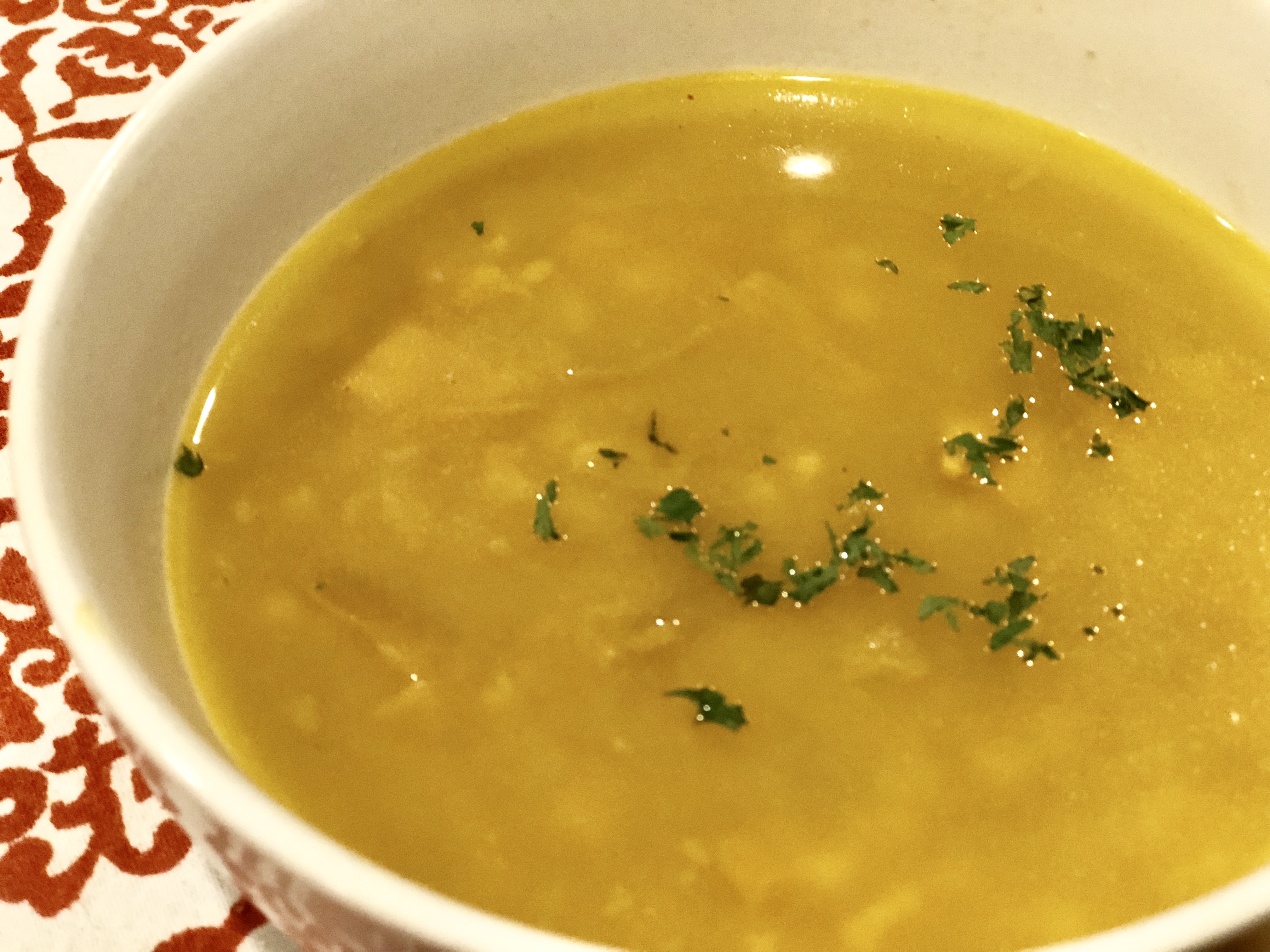**Niku Jaga: A Hearty and Flavorful Japanese Beef Stew**
Niku Jaga is a classic Japanese beef stew that is loved by people of all ages. It is a simple yet comforting dish that is perfect for a cold winter day. The stew is made with beef, potatoes, carrots, and onions, and is simmered in a flavorful broth made with soy sauce, mirin, and sake. The result is a stew that is both hearty and flavorful, with tender beef and vegetables that are packed with umami. This article provides two delicious recipes for Niku Jaga: one for a traditional stovetop method and one for a slow cooker. Both recipes are easy to follow and result in a delicious and satisfying stew that is perfect for a family meal.
NIKU JYAGA (JAPANESE BEEF AND POTATO STEW)
There's nothing extraordinary about meat and potatoes stewed in a sweet soy broth, and yet it's easy to find yourself taking just one more taste until half the pot is gone. Patience pays off though: niku jyaga tastes better the second day, when the potatoes are saturated with sauce. Every household makes it a little differently in Japan, and so the flavor is affectionately called "mother's taste." Saori Kurioka, a private chef in Brooklyn, cooks hers the same minimalist way her mother and grandmother did in Kobe, with just beef, potatoes, onion and carrot. She uses a wooden otoshibuta, a drop-lid that fits inside the pot, so the vegetables simmer and steam evenly as the broth slowly concentrates, but the same thing can be achieved with parchment paper. Beveling the edges of the potatoes with a peeler keeps them from crumbling as the jostle around the simmering pot, but skip it if you're rushed or impatient.
Provided by Hannah Kirshner
Categories dinner, lunch, weekday, soups and stews, main course
Time 45m
Yield 4 to 6 servings
Number Of Ingredients 9
Steps:
- Peel potatoes and cut each into 4 to 6 pieces, so they are relatively uniform in size. Bevel the edges of each piece with a vegetable peeler. Soak in cold water for about 10 minutes to remove some starch.
- Cut carrots in rangiri: Hold the knife at a diagonal, and rotate carrot quarter turns to cut irregular, multifaceted chunks. Cut each onion into 6 to 8 wedges, about 3/4 inch wide. Cut beef into 2-inch pieces.
- Prepare a drop-lid for a 3- or 4-quart heavy-bottomed pot: Cut a circle of parchment paper about 1 inch smaller than the diameter of the pot, and cut a 1/2-inch hole in its center.
- Drain and rinse potatoes. Add to pot with carrots, onions and 1 1/2 cups water (it will not fully cover the vegetables). Tuck kombu (if using) into the water. Bring to a boil, then discard kombu. Add soy sauce, mirin, sake and sugar. Add beef, stirring to distribute.
- Place parchment lid directly on top of vegetables and liquid, and simmer - don't boil - stirring occasionally, for 20 to 25 minutes, until potatoes are very tender. Turn off heat, discard parchment, and rest for at least 30 minutes (overnight is even better) to allow the potatoes to soak up the seasoning. Reheat, and serve with white rice, or a frosty beer.
Nutrition Facts : @context http, Calories 281, UnsaturatedFat 1 gram, Carbohydrate 49 grams, Fat 2 grams, Fiber 6 grams, Protein 14 grams, SaturatedFat 1 gram, Sodium 642 milligrams, Sugar 12 grams, TransFat 0 grams
NIKUJAGA (JAPANESE BEEF STEW)

Literally the word nikujaga means meat and potatoes and is Japanese-style home cooking at it's finest. The creation of Nikujaga is attributed to Admiral Togo Heihachiro, the illustrious hero of the Russo-Japanese War. As a young man, Togo spent several years studying naval science in Great Britain. While commander of an Imperial Navy base, he is said to have ordered the base's chefs to make a version of the beef stews served in the British Royal Navy. Togo was stationed at the Kure naval base from May 1890 to December 1891 and at the Maizuru naval base in 1901 to 1903 and no one knows for sure which one is the true base for the recipe. Every Japanese mother has their own version of Nikujaga and they are all good. Serve with a side of white rice and Miso soup. Some people even serve it over the rice.
Provided by Member 610488
Categories Stew
Time 1h5m
Yield 4 serving(s)
Number Of Ingredients 18
Steps:
- Heat vegetable oil in a deep pot/dutch oven and saute the meat on high heat until it changes color. Add vegetables, ginger and mushrooms in the pot and saute together for a minute or two.
- Pour in the dashi and bring to a boil. Turn down the heat to medium and skim off any foam or impurities that rise to the surface.
- Add sake, sugar, mirin, soy sauce, and curry powder and cover. Simmer until vegetables are softened, stirring occasionally (about 20-30 minutes). Serve with green onions in top.
Nutrition Facts : Calories 806.3, Fat 29.2, SaturatedFat 10.8, Cholesterol 77.1, Sodium 651.4, Carbohydrate 75.6, Fiber 10.3, Sugar 18.5, Protein 29.6
JAPANESE-STYLE BEEF STEW

The beef stew here will be unfamiliar to most cooks, though it has much in common with the classic American dish. It is Japanese in origin and loaded with the warmth of soy, ginger, sweetness (best provided by mirin, the sweet Japanese cooking wine, but sugar or honey will do, too), winter squash and the peel and juice of a lemon. These simple and delicious counterpoints make a great stew.
Provided by Mark Bittman
Categories dinner, lunch, soups and stews, main course
Time 1h
Yield 4 servings
Number Of Ingredients 9
Steps:
- In a large nonstick skillet over medium-high heat, sear meat until nicely browned on one side, about 5 minutes. Transfer chunks to a medium-size casserole.
- Add stock to the skillet, and cook over high heat, stirring and scraping until all the solids are integrated into the liquid. Pour into the casserole with soy sauce, mirin, ginger and a couple of grindings of pepper. Peel lemon, and add peel to the mixture. Juice lemon.
- Cover, and cook on top of stove (or in a 350-degree oven), maintaining a steady simmer. Stir after 30 minutes. Then check meat every 15 minutes.
- When meat is nearly tender, about 45 minutes, stir in squash and continue to cook until squash is tender but not mushy, about 15 to 20 minutes. Add salt if necessary, then stir in lemon juice. Serve.
Nutrition Facts : @context http, Calories 418, UnsaturatedFat 7 grams, Carbohydrate 29 grams, Fat 11 grams, Fiber 4 grams, Protein 49 grams, SaturatedFat 4 grams, Sodium 1257 milligrams, Sugar 6 grams, TransFat 0 grams
Tips:
- Choose high-quality beef for the best flavor. Look for cuts that are well-marbled with fat, such as chuck roast or short ribs.
- Don't overcrowd the crock pot. If you're using a 6-quart crock pot, you can cook about 2 pounds of beef. If you're using a larger crock pot, you can cook more beef.
- Cook the beef on low for 8-10 hours, or on high for 4-6 hours. The longer you cook the beef, the more tender it will be.
- Add the vegetables during the last hour of cooking. This will prevent them from becoming overcooked.
- Serve the nikujaga with rice or noodles. You can also add a side of pickled vegetables or miso soup.
Conclusion:
Nikujaga is a delicious and hearty Japanese stew that is perfect for a cold winter day. It's easy to make in the crock pot, and it's a great way to use up leftover beef. With its tender beef, flavorful vegetables, and savory sauce, nikujaga is sure to please everyone at the table.
Are you curently on diet or you just want to control your food's nutritions, ingredients? We will help you find recipes by cooking method, nutrition, ingredients...
Check it out »
You'll also love




